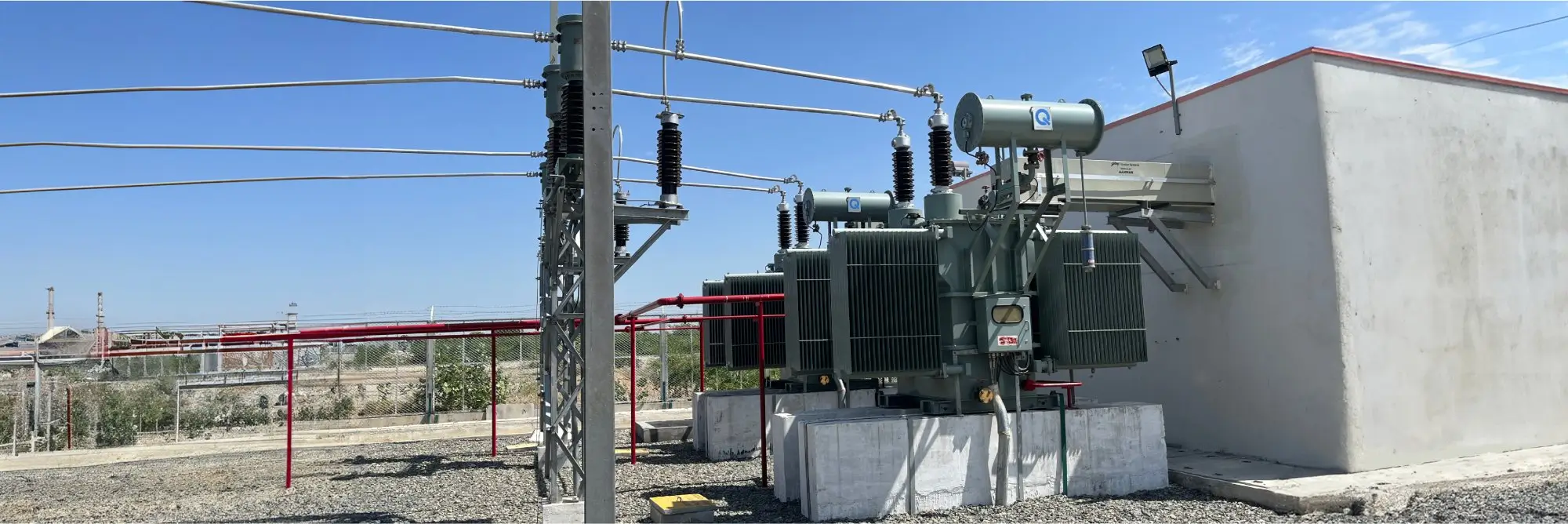
Transformers
Converter Duty Transformer
Converter duty transformers are specialized transformers designed for use with power converters, such as those found in industrial applications like electrolysis or rectification. These transformers are distinct from regular transformers in several key ways due to the nature of the loads they serve and the electrical characteristics they must handle.
Harmonics and Distorted Waveforms
Converter duty transformers must handle higher secondary currents that contain significant harmonics. Harmonics are higher frequency components that distort the sinusoidal waveform of the current, typically introduced by the power electronic devices in the converter. These harmonics are a byproduct of the switching operations within the converters and result in distorted current waveforms.

Impact of Harmonics
The presence of harmonics in the secondary current has several implications:
- Increased Losses: Harmonics increase the effective resistance of the windings due to the skin effect and proximity effect. This leads to higher copper losses (I²R losses) compared to a purely sinusoidal current.
- Temperature Rise: The additional losses due to harmonics result in higher heat generation within the transformer, causing a rise in temperature. If not managed properly, this can lead to overheating and damage to the transformer insulation and other components.
- Stray and Eddy Losses: Harmonics induce stray flux in parts of the transformer that are not designed to carry magnetic flux, such as the tank and steel structure. This can cause localized heating (hot spots) and additional eddy current losses in these areas.
Design Considerations
To address these challenges, converter duty transformers incorporate several specific design features:
- Winding Conductor Selection: The conductors used in the windings must be chosen to minimize the effects of harmonics. This might include using conductors with lower resistance and higher thermal tolerance.
- Magnetic Shielding: Proper magnetic shielding is necessary to contain stray flux and prevent it from inducing losses in non-functional parts of the transformer.
- Short Circuit Impedance: The transformer must be designed with specific tolerances for short circuit impedance. This is crucial because the impedance affects the efficiency of the power conversion process, particularly in applications like electrolysis where precise voltage control is required.
- Cooling Systems: Enhanced cooling systems, including directed oil flow and additional cooling equipment (such as radiators, fans, or pumps), are critical to dissipate the extra heat generated due to harmonic losses.
Full Load Requirement
Despite the presence of harmonics, converter duty transformers are designed to deliver the full load capacity required by the application. This means they must be robust enough to handle the additional thermal and electrical stresses imposed by the harmonic currents without degrading performance or reliability.


